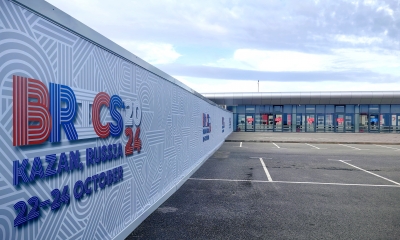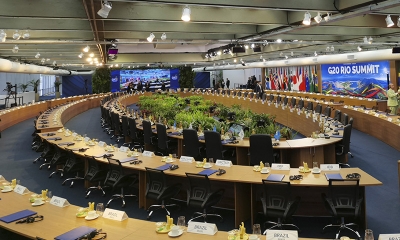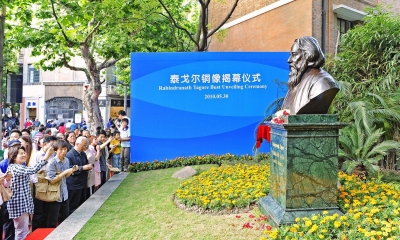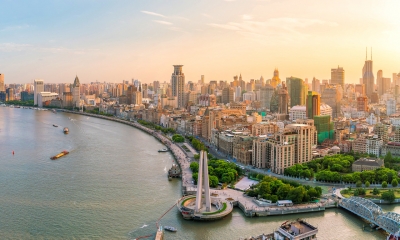The Sino-Indian Relationship Should Not Be Spoiled by Border Skirmish
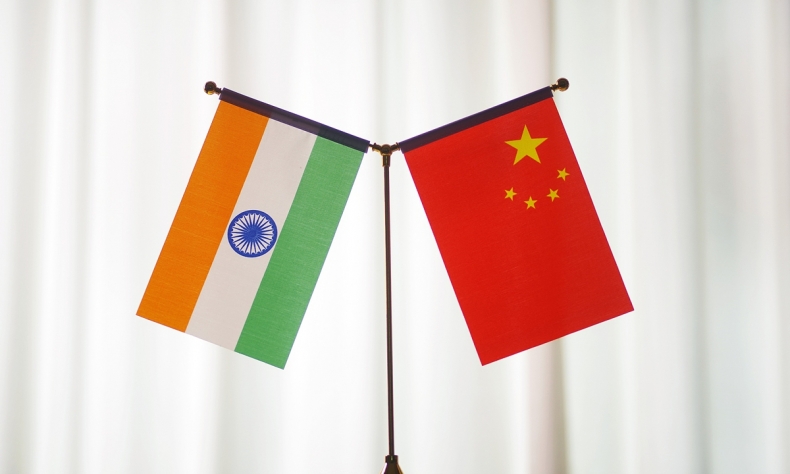
Although some frictions emerged from the thorny border issue occasionally, the canvas of the multi-hued bilateral relationship between them should be enhanced in all areas, especially in the fields of trade, economy and technology, and of course, people-to-people relations in order to make bilateral relations better, brighter and stronger.
At a time of profound changes in the world, the rapid development of the Chinese and Indian economies, the rise of their comprehensive national strength and influence in global affairs, the global and strategic significance of Sino-India cooperation not only arouse the interest of their more than 2.7 billion people but also attract more attention of the international community.
However, the bilateral relationship between India and China has not been all plain sailing. Their relations plunged to a low ebb after the Galwan Valley clash between Indian and Chinese soldiers along the Line of Actual Control (LAC) in Ladakh region on June 15, 2020, resulting in the loss of several lives on both sides. Notably, the border issue triggered a war in October 1962, but until last summer they had largely kept a lid on tensions along the LAC, the de facto border, while expanding commercial ties.
It’s unfortunate that last year’s deadly border clash had “significantly damaged” the very essence of Sino-India relationship- “Hindi-Chini-Bhai-Bhai” (India and China are brothers). As in the words of Indian External Affairs Minister S. Jaishankar: “We are today probably at the most difficult phase of our relationship with China.”
India-China border dispute goes deeper
The undefined 3,488km (2,100-mile) length of the LAC along the India-China border has long remained a bone of contention between the two nations. The Sino-Indian boundary disputes remain from the British colonial government’s drawing up of the MacArthur line by Henry McMahon and local representatives of China’s Tibet (Xizang) in 1914, but never recognized by any central government of China. The Indian government inherited the MacArthur line after independence in 1947.
Right after last year’s deadly fight, the greater amassing of troops and military build-up from the western sector to the eastern sector close to the India-China border area by both sides to acquire strategic outposts to monitor each other have been deteriorating India-China relations.
The core problem behind the border clash is that both sides have different positions regarding Galwan Valley, because Indians believe that the Galwan Valley is on the Indian side of the LAC while China believes that the valley is on the Chinese side of the LAC.
In the recent past, Indian Foreign Minister S. Jaishankar and Chinese State Councilor and Foreign Minister Wang Yi came face to face at quite a few meetings and discussed the disengagement of troops from all friction points along the LAC in Ladakh and both their speeches reflected consensus to deal with border disputes while respecting each other’s sovereignty and territorial integrity.
It should be noted here that as part of LAC disengagement agreement of February 11, 2021, both sides completed withdrawal of troops and weapons from the north and south banks of Pangong Tso Lake in Ladakh on February 19 and the Patrolling Point 17 at Gogra area in August.
However, it’s a matter of grave concern that despite 13 rounds of military talks and a series of diplomatic parleys between India and China, tensions continue to simmer between the two countries.
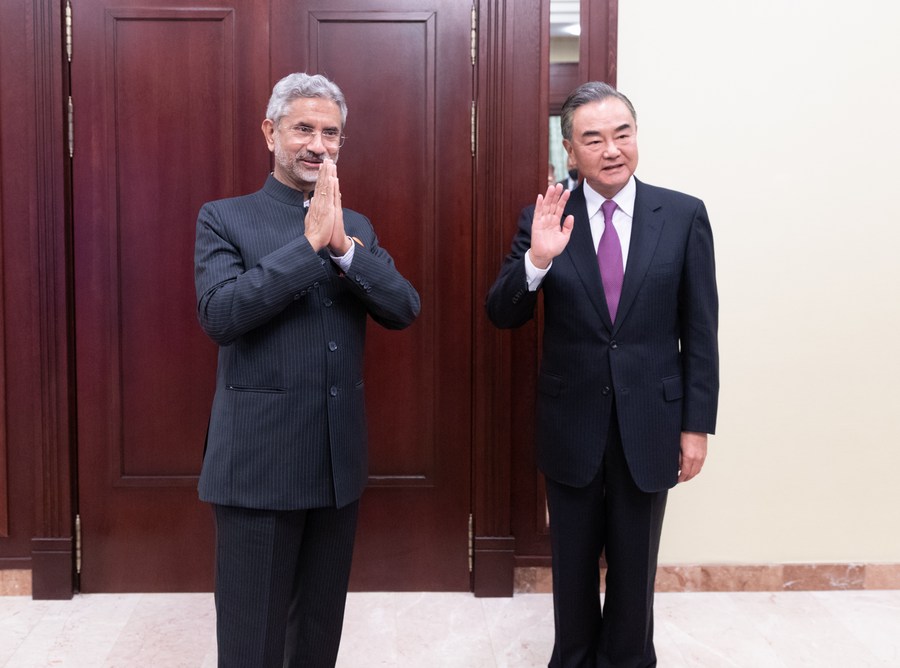
The Indo-Chinese military meeting hits an impasse
Amid the nearly 17-month-long border row, the 13th round of Indo-Chinese military talks on October 10 at the Chinese side of the Moldo-Chushul border meeting point to try to de-escalate tensions, disengage troops, dismantle infrastructure built close to the LAC and reduce the number of soldiers on both sides from the points of contention hit an impasse. The respective official statements after the India-China talks are clearly stronger and more accusatory than in the past. And unlike previous statements, it does not speak about continuing dialogue, simply saying they will maintain communication.
The statement issued by Senior Colonel Long Shaohua, spokesperson for the People’s Liberation Army Western Theatre Command on October 11 indicated that the negotiations between the commanders of the Indian Army and the Chinese PLA did not result in resolution of the remaining areas due to India’s “unreasonable and unrealistic demands adding difficulties to the negotiations,” while expressing the Chinese Army’s determination to safeguard its sovereignty, territorial integrity and security.
The Indian government went public about the failed India-China military talks by stating that the Indian Army’s “constructive suggestions” for the third phase of disengagement from the patrolling Point 15 in Hot Springs as part of overall disengagement were neither agreeable to the Chinese military nor able to provide any “forward-looking” proposals for resolving the LAC crisis. The press release by India’s Ministry of External Affairs put the onus squarely on the Chinese side to “take appropriate steps… so as to restore peace and tranquility along the LAC in the Western Sector.”
As such, the stalemate in the 13th bilateral military meeting reflects on a failure of high-level communication between Indian and Chinese foreign ministers on the sidelines of the Shanghai Cooperation Organization (SCO) Summit on September 16 in the capital city Dushanbe, Tajikistan as well.
Furthermore, the failure of the talks raises the possibility of another Galwan Valley type situation at any moment due to the presence of around 50,000 to 60,000 troops of both sides along the LAC.
Hence, the failure of the 13th round meeting has reminded the leadership of the two countries about their due responsibility to make more efforts for a peaceful dialogue in order to preserve their “2,000 years of unbroken friendship” following the principle of mutual understanding, mutual accommodation, and mutual adjustment, not the opposite way.
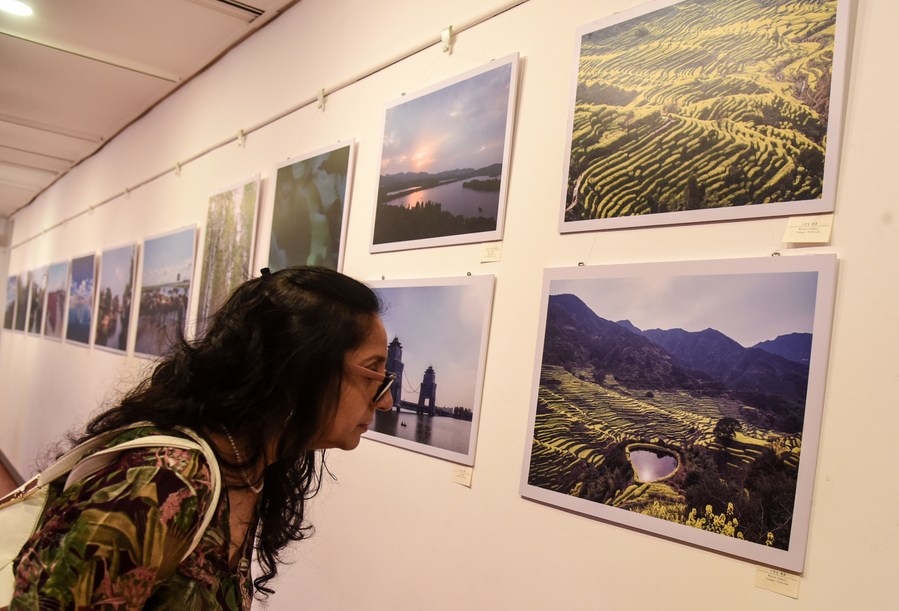
Indian Media coverage on the border face-off is distorted by bad faith
In the light of the failed 13th round meeting, one serious question arises: should the Sino-Indian relationship be spoiled by the border skirmish? How Indian and Chinese media reacted to the ongoing boundary dispute? Right after the Dong Lang (Doklam) standoff in mid-2017 as well as the border clashes in May last year, the Chinese PLA’s normal patrols along the western part of the China-India border line have attracted scathing criticism from some Indian media outlets. While Chinese media basically reported the Galwan Valley clash in a balanced way and didn’t make any sensational propaganda, harping on the Indian government’s antagonism toward China, some Indian media reporting on last year’s clash created a larger anti-China sentiment by blaming China for the LAC border tension as well as calling for a boycott of Chinese products and businesses instead of better informing Indian public about China.
Just prior to the 13th India-China meeting, Indian media outlets came up with misleading headlines, first, a so-called Chinese transgression of over 100 soldiers crossing a bridge in Uttarakhand’s Barahoti in August damaging infrastructure on the Indian side before leaving, and second, a clash at Arunachal Pradesh’s Tawang (Zangnan area of southern Xizang-Tibet) in early October, which resulted in Indian forces taking Chinese soldiers captive before releasing them.
Quite rightly, China slammed both so-called incursions as hyped and fabricated. Qian Feng, a research fellow at the National Strategy Institute of Tsinghua University, told The Global Times, “Some Indian media are habitual in rumor mongering on the China-India border topic out of political or commercial purposes.” On the other hand, on October 8, Chinese Foreign Ministry spokesperson, Zhao Lijian said that he wasn’t aware of “relevant information” regarding the detention of Chinese soldiers by Indian troops in Zangnan area of southern Xizang.
Surely, such type of biased reporting on Chinese transgressions of the LAC as published in the Indian media is not good for India to ease tensions with China. More importantly, these tricks won’t help solve the Sino-Indian boundary problem but make it more difficult. The relationship between India and China cannot be built on lies, exaggerations, and distortions disseminated by media. The people of these two great nations want to hear the story of their friendship rather than hawkish rhetoric. It is hoped that the leadership of the two countries can have more comprehensive thinking to address this border issue.
Charting a future together
During his ice-breaking visit to China in December 1988, former Indian Prime Minister Rajiv Gandhi and then Chinese leader Deng Xiaoping reached the consensus that they should develop their relationship in other respects and not let the border issue hijack bilateral ties.
Although some frictions emerged from the thorny border issue occasionally, the canvas of the multi-hued bilateral relationship between them should be enhanced in all areas, especially in the fields of trade, economy and technology, and of course, people-to-people relations in order to make bilateral relations better, brighter and stronger. Time has come for the two countries to raise the bar to expand their multifaceted economic and development partnership to realize the dreams and aspirations of their more than 2.7 billion people which is also good news for the whole world.
The article reflects the author’s opinions, and not necessarily the views of China Focus.
 Facebook
Facebook
 Twitter
Twitter
 Linkedin
Linkedin
 Google +
Google +




